From the vibrant Spotted Towhee to the majestic Curve-billed Thrasher, Arizona is home to a diverse array of bird species.
As a birder’s paradise, the Grand Canyon State boasts an abundance of unique habitats, from deserts to mountains, that attract a wide range of feathered friends.
Whether you’re an experienced birdwatcher or a beginner, get ready to discover the beauty and majesty of 13 of the most common birds in Arizona.
Throughout the year, Arizona is home to around 560+ different bird species.
A variety of birds can be found in California, Nevada, Utah, and New Mexico due to their shared border with Arizona.
| Image | Bird | Features | Price |
|---|---|---|---|
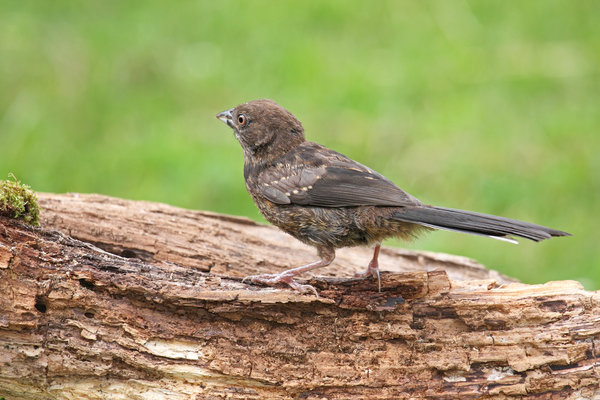 |
| 9.7 | Check Price |
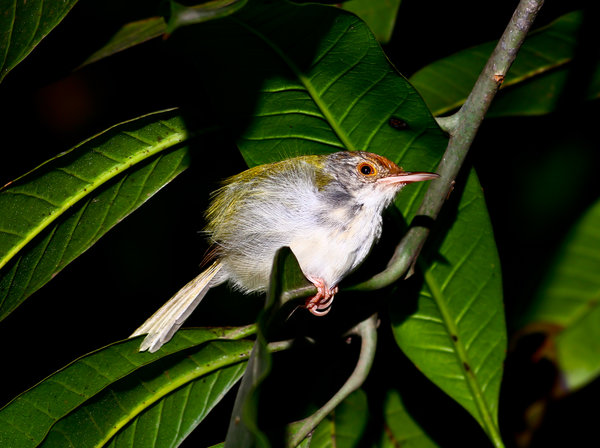 |
| 9.5 | Check Price |
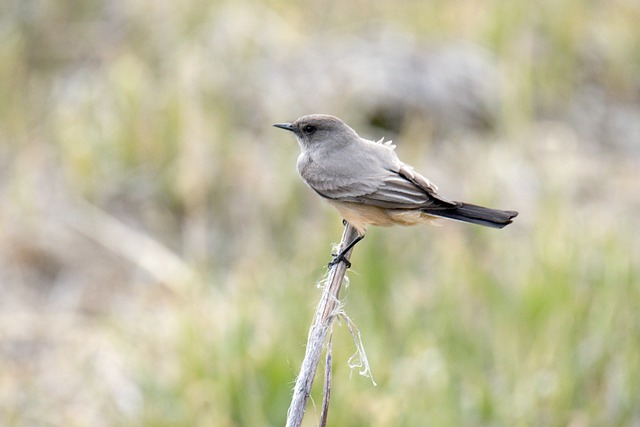 |
| 9.1 | Check Price |
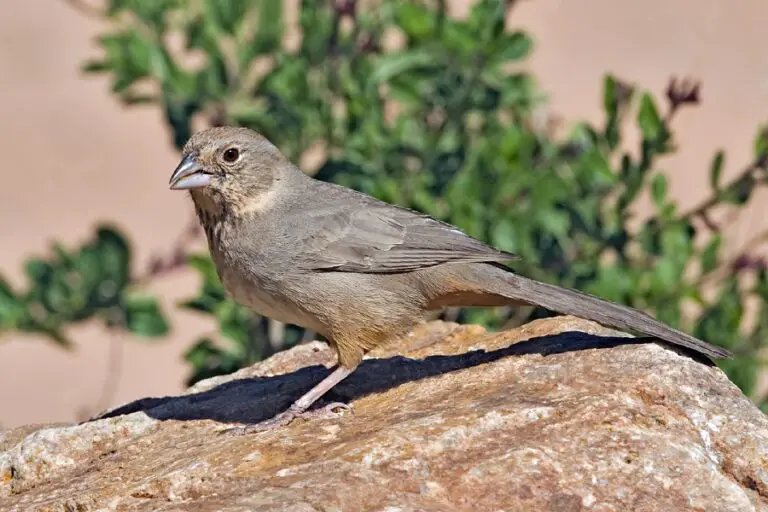 |
| 8.8 | Check Price |
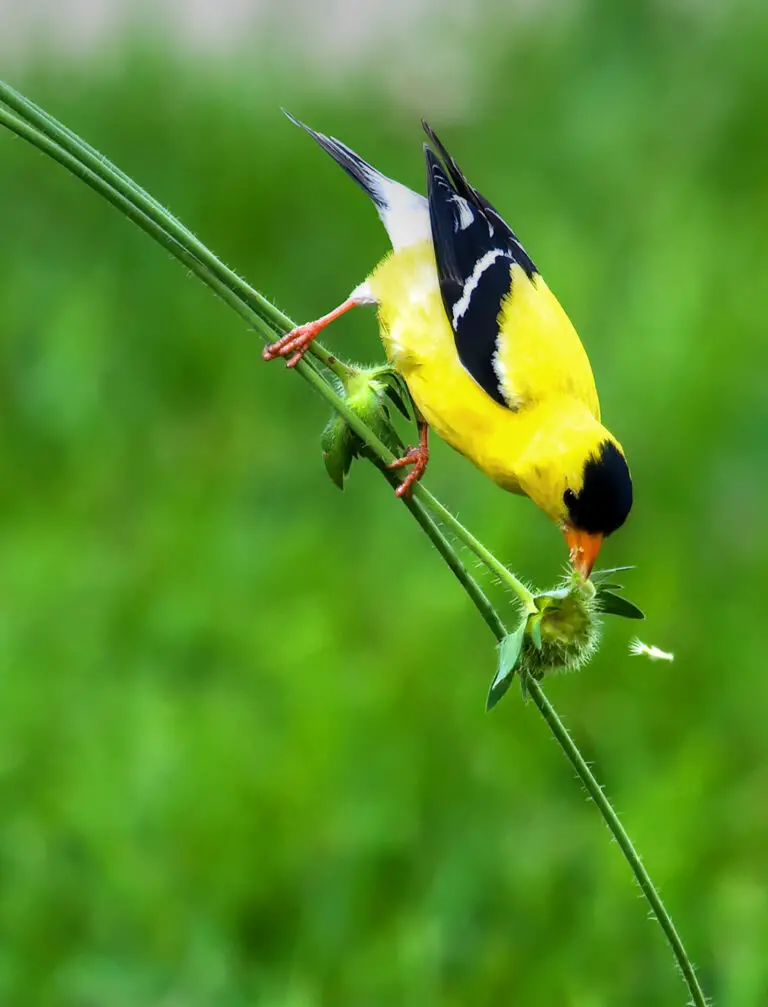 |
| 8.6 | Check Price |
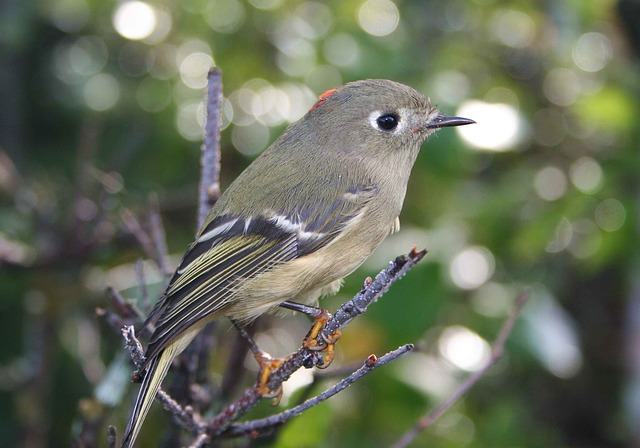 |
| 8.2 | Check Price |
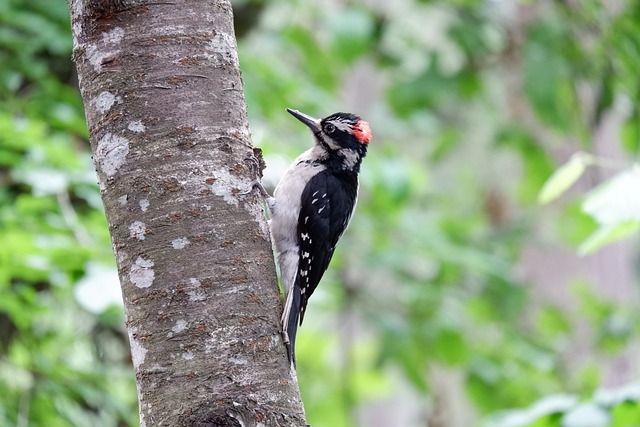 |
| 8 | Check Price |
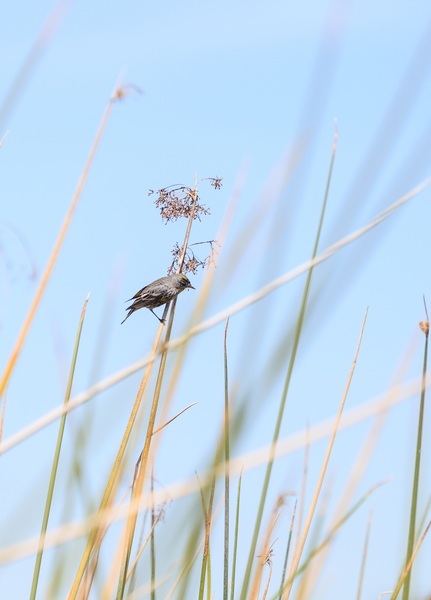 |
| 7.7 | Check Price |
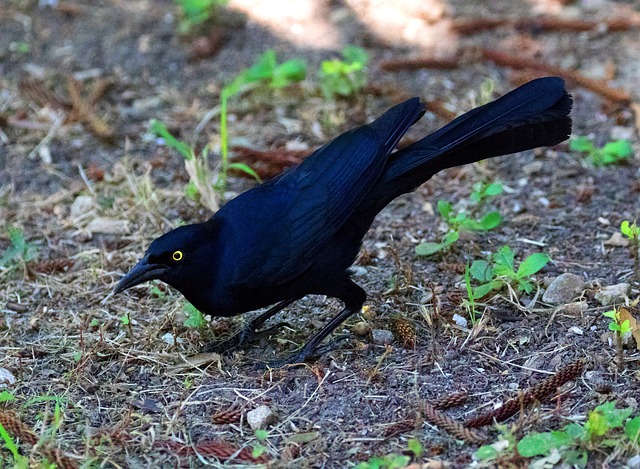 |
| 7.4 | Check Price |
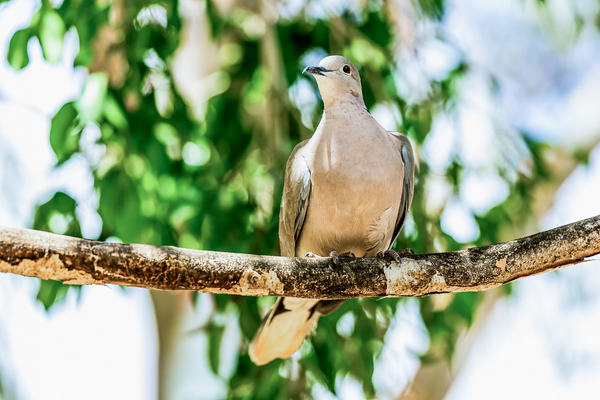 |
| 7.2 | Check Price |
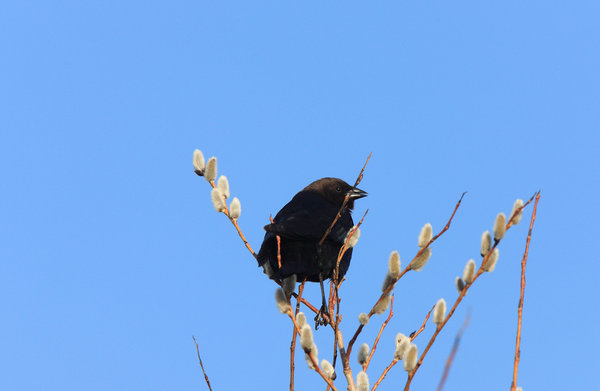 |
| 9.5 | Check Price |
 |
| 9.5 | Check Price |
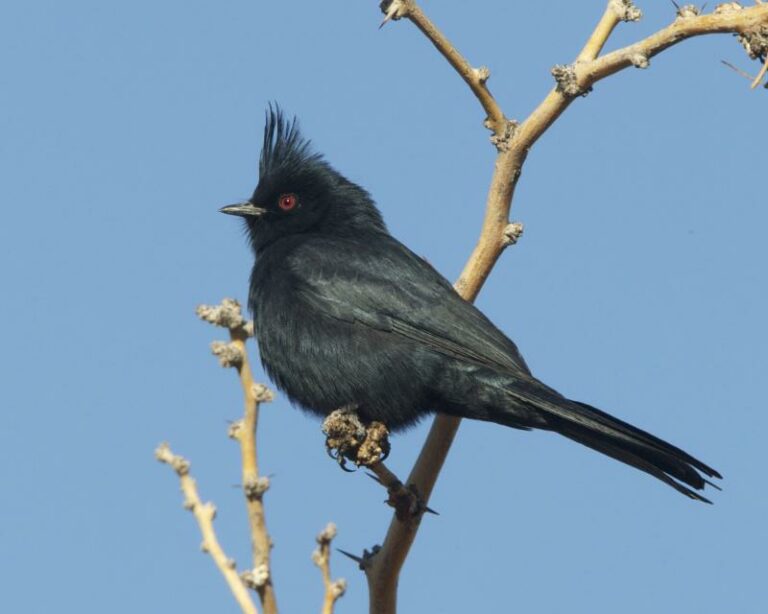 |
| 9.5 | Check Price |
If you don’t have the time to read the whole article, check out this video for a quick understanding.
Common Birds in Arizona
The following is a list of Arizona birds that may be found in your backyard and beyond.
You’ll find pictures of the birds, along with information about how to identify them.
Whether you’re seeking brown birds or more colorful birds, the list below is likely to include them.
1. Spotted Towhee

The Spotted Towhee, commonly known as Pipilo maculatus, is a tiny new-world sparrow that belongs to the Passerellidae family of passerine birds.
Although they are songbirds, their singing is too harsh for human hearing.
Towhees are native to North America, but they migrate to South and Central America during the winter months.
A robin’s size is comparable, but its plumage is much different from a robin’s. They have a big black tail with white markings on the upper parts.
They also have white markings on their black wings. Their whole head, neck, and breasts are black.
The Spotted Towhee has a brownish hue on its underwings. White is seen on their belly and underbelly. Their beak is blackish and their legs are a drab pink color.
An adult Spotted Towhee’s body length can range from 17 cm (6.7 in) to 21 cm (8.3 in), with a wingspan of about 11.0 in (28 cm).
An adult Spotted Towhee can weigh anything from 33 g (1.2 oz) to 49 g (1.4 oz) (1.7 oz).
Caterpillars, worms, tiny ants, spiders, aphids, and a variety of other insects are among the small insects eaten by Spotted Towhee.
To obtain food, they graze on tree limbs.
They consume tiny grains and seeds that they gather from the fields as well. Small berries and fruits are also consumed by them.
Below are the characteristics of the Spotted Towhee,
| Scientific Name | Pipilo maculatus |
| Family Name | Passerellidae |
| Length | 6.5-7.5 inches (16.5-19 cm) |
| Weight | 1.1-1.7 ounces (31-48 g) |
| Wingspan | 9.5-11.0 inches (24-28 cm) |
| Habitat | Brushy, wooded areas with dense underbrush |
| Food | Seeds, insects, and fruit |
2. Bewick’s Wren

Bewick’s Wren’s scientific name is Thryomanes bewickii, and it is a small bird that is found only in North America and Canada.
Carolina Wren’s body form and size are similar to theirs.
There is a white tip at the end of the lengthy tail of this bird.
Their plumage and underparts are covered with grey and black feathers, in addition to their brown color.
They are distinguished by their dark plumage and resonant song, which they employ to attract females for mating and to announce their territory.
They like to build their nests near sources of water and densely forested areas.
An 8-inch wingspan and a 5.1-inch body length characterize the Bewick’s Wren (13 cm).
A Bewick’s Wren weighs between 0.3 and 0.4 ounces on average (8 -12 g).
Females are similar to men.
The youngsters are similar to the adults, although the color of their plumage is somewhat different.
Males and females have pleasant, high-pitched noises that they utilize to attract each other and proclaim territory.
Small insects found in plants and trees are eaten by the Bewick’s Wren. Nuts, berries, and certain seeds are also part of their diet.
This bird can also be found visiting bird feeders in several parts of North America.
They usually go to the bird feeders, which offer them suet, almonds, and sunflower seeds, among other things.
Below are the characteristics of the Bewick’s Wren,
| Scientific Name | Thryomanes bewickii |
| Family Name | Troglodytidae |
| Length | 4.3-4.7 inches (11-12 cm) |
| Weight | 0.5-0.7 ounces (15-20 g) |
| Wingspan | 6.3-6.7 inches (16-17 cm) |
| Habitat | Brushy, wooded areas with dense underbrush |
| Food | Insects, spiders, and some fruit |
3. Say’s Phoebe

It is a medium-sized passerine bird that belongs to the Tyrannidae family of flycatchers.
They are native birds of the United States’ arid western region.
The Say’s Phoebe is a large, robust bird with a distinctive appearance.
They have a black tail and a grey-brown upper body.
They have a lengthy tail, but a small, pointed beak that they utilize to feed on the ground and in tree branches.
The bird’s legs are noted to be short and slender.
Their wings appear to be pallid when they fly.
Birds of the Say’s Phoebe species can weigh up to 0.75 ounces (21 g).
Males and females have identical plumage, but their body weights and height are substantially different.
In comparison to males, females are shorter and lighter.
You may expect up to five white eggs from the female Say’s Phoebe. During these days, men take care of the ladies.
When compared to adults, juvenile birds have duller plumage.
They feed on tiny insects that they catch while flying.
Some have also been observed eating tiny berries and seeds.
They also frequent the bird feeders in search of protein-rich food.
Below are the characteristics of Say’s Phoebe,
| Scientific Name | Sayornis saya |
| Family Name | Tyrannidae |
| Length | 7.1-7.5 inches (18-19 cm) |
| Weight | 1.0-1.2 ounces (28-34 g) |
| Wingspan | 12.2-13.8 inches (31-35 cm) |
| Habitat | Open habitats with low vegetation, such as deserts, fields, and grasslands |
| Food | Insects and other small invertebrates |
4. Canyon Towhee
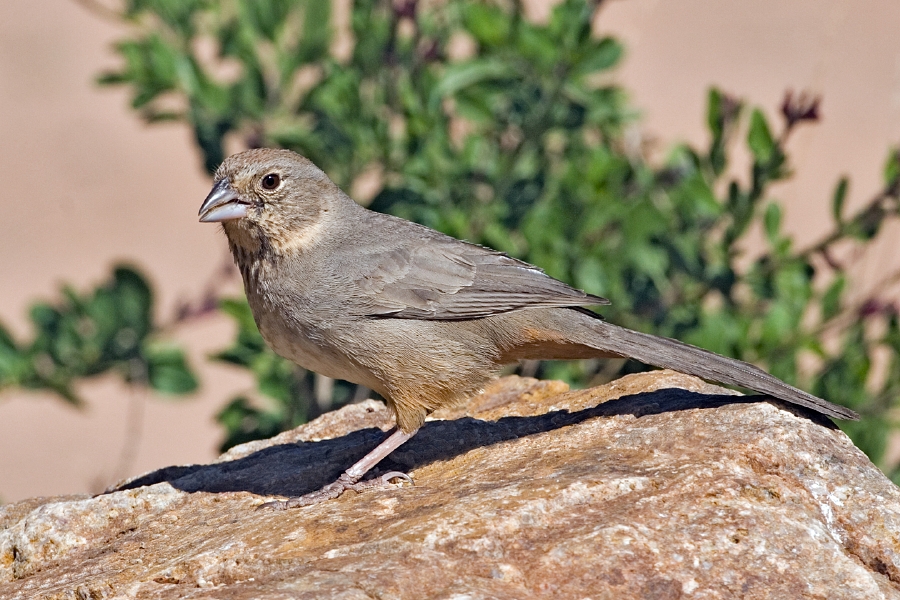
Small passerine songbird Melozone Fusca, often known as a Canyon Towhee, belongs to a family of songbirds called Passerellidae.
They are Canyons inhabitants who dwell in rocky areas, as their name implies.
Throughout the United States, they may be found in the northern and western mountain ranges.
The coloration of this Canyon Towhee bird is earth brown.
As a result, they are able to blend into their environment.
Their upper parts and wings are brown, with significantly fewer black hues on the underparts and head.
Their belly and the region where the beast lives are likewise brown.
The Canyon Towhee has dark brown and light brown patches all throughout its plumage, including the wings and upper parts.
The male and female Canyon Towhee birds have comparable plumage colors, body shapes, and sizes.
Females weigh less than males.
Towhees are medium-sized birds with wingspan of 15 to 27 centimeters (9.8 to 11 in).
The adult Canyon Towhee weighs 36.5 to 67 g on average (1.29 to 2.36 oz).
The Canyon Towhee nests among humans and feeds on tiny insects such as beetles, caterpillars, and flies.
The Canyon Towhee consumes tiny seeds and grains as well.
They also consume berries, fruits, and nuts from some plants.
They regularly visit the bird feeders to collect their food and drink water because they dwell near humans.
Below are the characteristics of the Canyon Towhee,
| Scientific Name | Melozone fusca |
| Family Name | Emberizidae |
| Length | 7.1-7.5 inches (18-19 cm) |
| Weight | 1.0-1.4 ounces (29-39 g) |
| Wingspan | 10.2-11.0 inches (26-28 cm) |
| Habitat | Brushy, wooded areas with dense underbrush, canyons, and rocky slopes |
| Food | Seeds, insects, and fruit |
5. Lesser Goldfinch
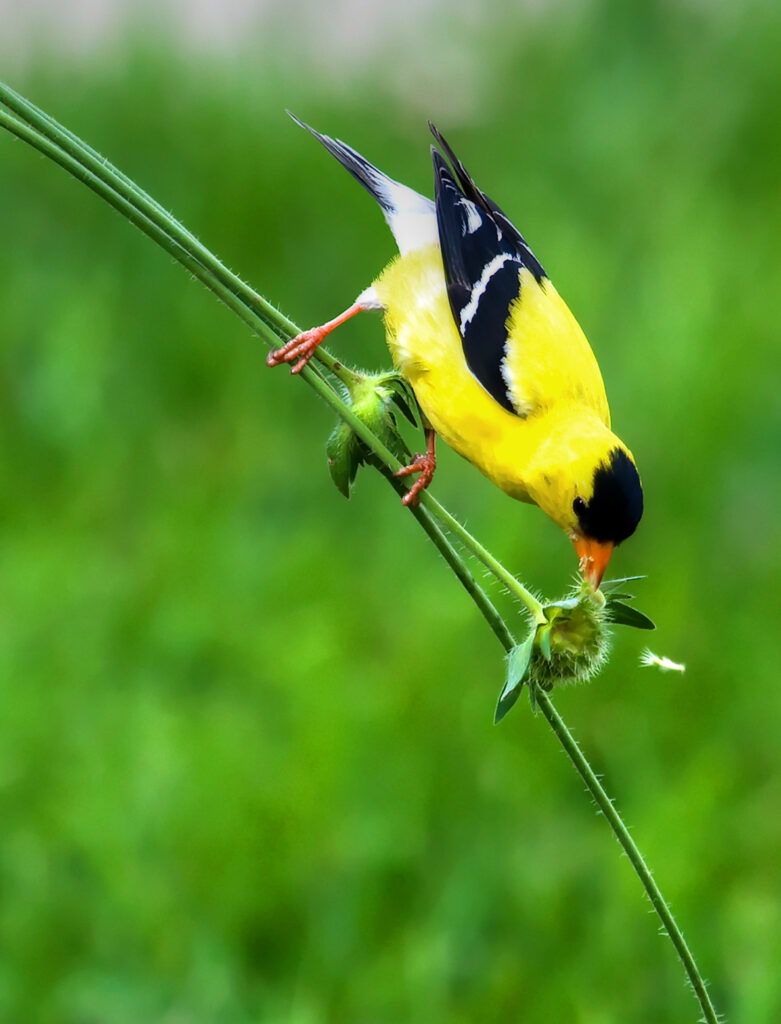
The Spinus psaltria, often known as the Lesser Goldfinch, is a tiny songbird in the Fringillidae family.
This bird is endemic to North America and spends the winter migrating from one location to another.
Lesser Goldfinch males and females are distinct from one another.
Male Lesser Goldfinch birds are easily distinguished by their lemon-yellow underparts and white spots on their tails.
This species’ males likewise have a completely black back and upper head.
Their necks are similarly lemon yellow in the front and blackish yellow in the back.
A strong black beak distinguishes the Lesser Goldfinch. Dimorphism causes female Lesser Goldfinch birds to be browner in color.
Lesser Goldfinch juveniles have a similar appearance to females.
They seem more greenish-brown. However, as they reach adulthood, they develop their true plumage hues.
Males are somewhat bigger than females, with a body length of 9 to 12 cm (3.5 to 4.7 in).
Their wingspan can range from 19–22 cm (7.5–8.7 in).
An adult bird’s weight can range from 8 to 11.5 g (0.28 to 0.41 oz), with males being somewhat heavier than females.
To avoid being discovered by the prey, this bird builds its eggs deep in the woods.
They mostly consume tiny invertebrates like worms, caterpillars, insect larvae, and eggs.
They also consume tiny grains of wheat and other crops, as well as seeds from other plants.
They also go to the backyards of the bird feeders to eat.
Below are the characteristics of the Lesser Goldfinch,
| Scientific Name | Spinus psaltria |
| Family Name | Fringillidae |
| Length | 4.3-4.7 inches (11-12 cm) |
| Weight | 0.3-0.4 ounces (9-12 g) |
| Wingspan | 7.1-7.5 inches (18-19 cm) |
| Habitat | Open woodlands, riparian zones, parks, and suburban areas |
| Food | Seeds, insects, and nectar |
6. Ruby-crowned Kinglet

A small passerine bird of the Regulidae family, the Ruby-crowned Kinglet is also known as Regulus calendularis.
Native to North America, these birds migrate south during the winter months to find food.
Their name is derived from the little crown that they wear on their heads, which gives them their name.
This bird has gray-green upperparts and olive-green under parts.
Their wings have two white wing bars that are hidden by a black covering of feathers.
The Ruby-crowned Kinglet has a simple face and head.
The plumage of kinglet birds is similar to that of robins, but they lack the characteristic crown.
The male and female Ruby-crowned Kinglet birds look alike.
An adult Ruby-crowned Kinglet’s body length ranges from 9 to 11 cm (3.5 to 4.3 in) and its wingspan ranges from 16 to 18 cm (6.3 to 7.1 in).
An Adult Ruby-crowned Kinglet weighs between 5 and 10 g on average (0.2 to 0.4 oz).
In pursuit of tiny insects, the Ruby-crowned Kinglet forages in tree branches.
They consume primarily tiny insects and worms.
They also eat little fruits and berries as well as tree sap.
They also eat at bird feeders in backyards.
Below are the characteristics of the Ruby-crowned Kinglet,
| Scientific Name | Regulus calendula |
| Family Name | Regulidae |
| Length | 3.5-4.3 inches (9-11 cm) |
| Weight | 0.2-0.3 ounces (6-9 g) |
| Wingspan | 5.1-5.9 inches (13-15 cm) |
| Habitat | Coniferous forests and woodlands, including both high-elevation and coastal areas |
| Food | Insects, spiders, and some fruit |
7. Ladder-backed Woodpecker

In the Picidae family is the Ladder-backed Woodpecker (Dryobates scalaris), a medium-sized woodpecker bird.
The Ladder-backed Woodpecker is mostly found in North America, although it may also be found in South America.
Ladder-backed refers to the look of its back, which features lines of white and black feathers organized in the shape of ladder steps.
Stunning white, black, red, and cream plumage adorns the Ladder-backed Woodpecker’s head, neck, and back.
Woodpeckers with black and white ladder patterns on their backs and wings are known as Ladder-backed Woodpeckers.
The white tummy and breasts of the Ladder-backed Woodpecker bird have black dots on both sides.
The southern variants of these birds differ slightly from the northern species.
The male and female are nearly identical.
The Ladder-backed Woodpecker bird has a body length that can range from 16.5 to 19 centimeters in length (6 to 7 inches).
The Ladder-backed Woodpecker may grow to be up to 48 grams in weight.
The bird forages hunt food by pecking at the trunks of trees.
They mostly construct their nests in holes dug in tree trunks.
The Ladder-backed Woodpecker eats insects, worms, and grubs, among other things.
They also consume grains and seeds from many plants.
This bird also enters the backyards of bird feeders in search of protein-rich food.
Below are the characteristics of the Ladder-backed Woodpecker,
| Scientific Name | Dryobates scalaris |
| Family Name | Picidae |
| Length | 6.3-7.1 inches (16-18 cm) |
| Weight | 1.2-1.6 ounces (35-45 g) |
| Wingspan | 10.2-11.0 inches (26-28 cm) |
| Habitat | Deserts, brushlands, and woodlands with cactus and mesquite trees |
| Food | Insects and spiders, as well as sap and fruit |
8. Yellow-Rumped Warbler

The Yellow-Rumped Warbler, commonly known as Setophaga coronata, is a tiny bird endemic to North America that belongs to the Parulidae family.
On their back, wings, and neck, they have a mixture of white, black, brown, and yellow colors, while their belly is white with some black stripes on them.
They measure 5.9 inches in length, 10 inches in wingspan, and weigh 14 grams.
Males and females have slightly varied shapes and sizes.
In comparison to males, females have duller hues.
Their favorite foods are sunflower seeds, raisins, and peanut butter as well as suet; therefore they are often seen at the feeders.
Their food consists primarily of insects and insect larvae, although they also consume tiny seeds, fruits, and berries.
In order to attract females or declare their territory, they sing a lovely tune.
However, if there are other birds present in their nests, this species will typically expel them.
Below are the characteristics of the Yellow-Rumped Warbler,
| Scientific Name | Setophaga coronata |
| Family Name | Parulidae |
| Length | 4.7-5.5 inches (12-14 cm) |
| Weight | 0.4-0.5 ounces (11-15 g) |
| Wingspan | 7.5-8.3 inches (19-21 cm) |
| Habitat | Coniferous forests and woodlands, as well as open areas with shrubs |
| Food | Insects, spiders, and fruit, including bayberries and waxmyrtles |
9. Great-tailed Grackle

In the Icteridae family of passerine birds, the Quiscalus mexicanus, or Great-tailed Grackle, is a medium-sized passerine bird.
The Great-tailed Grackle, which may be found in both North and South America, is one of the most sociable birds.
The long tail of the Great-tailed Grackle gives it its name.
The Great-tailed Grackle’s plumage is entirely black and glossy.
The Great-tailed Grackle’s head, throat, and upper portions have a magnificent purple-blue sheen that sparkles.
Male Great-tailed Grackles are unlike female Great-tailed Grackles in appearance.
In comparison to females, men have more vivid colors.
The ladies’ plumage has a drab black-brown color.
In their early days, baby birds seem like females, but as they get older, they take on the color of their sexes.
From 38 cm (15 in.) to 46 cm (18.7in.) long, the Great-tailed Grackle has a wingspan of 18.9-22.8 in (48-58 cm).
A Great-tailed Grackle may weigh anything from 203 g (7.2 oz) to 265 g as an adult male (9.3 oz).
As a flock-flying bird, the Great-tailed Grackle is highly social.
Foraging on tree branches and the ground is how the Great-tailed Grackle feeds.
They feed on tiny lizards, other birds’ eggs, nestlings, and parasites off cattle’s skin.
They also consume bananas, as well as other fruits and berries from other trees.
They also look for seeds and grains on the ground.
They also go to the bird feeders to feed themselves.
Below are the characteristics of the Great-tailed Grackle,
| Scientific Name | Quiscalus mexicanus |
| Family Name | Icteridae |
| Length | 11.0-13.0 inches (28-33 cm) |
| Weight | 2.6-3.7 ounces (75-105 g) |
| Wingspan | 16.1-17.3 inches (41-44 cm) |
| Habitat | Urban areas, agricultural lands, and wetlands |
| Food | A wide variety of food, including insects, seeds, grain, fruit, and garbage |
10. White-winged Dove

In the Columbidae family of doves, the Asian White-winged Dove (Zenaida Asiatica) is a large bird.
White-winged Dove gets its name from the white border on its wings.
In the winter, they move from the southern United States to the north.
This bird has Brownish-grey underparts and breasts. On their bellies, they have white spots.
A v-shaped grey-brown tail completes their appearance.
Female White-winged Doves lack the purple coloration that males have.
The juvenile White-winged Doves look a lot like the adults.
An adult White-winged Dove’s body length ranges from 29 to 31 cm (11 to 12 in) and its wingspan ranges from approximately 18.9 to 22.8 in (48-58 cm).
It is estimated that an adult White-winged Dove may weigh up to 150 g. (5.3 oz).
Doves with white wings are granivorous birds that feed in the wild and on the ground.
The White-winged Dove feeds on small to medium-sized seeds and nuts from a variety of plants, including wheat, corn, and desert plants.
They like to make their nests in wild and desolate places.
They also go to other places to obtain food from bird feeders.
Below are the characteristics of the White-winged Dove,
| Scientific Name | Zenaida asiatica |
| Family Name | Columbidae |
| Length | 11.0-12.2 inches (28-31 cm) |
| Weight | 4.0-5.3 ounces (115-150 g) |
| Wingspan | 15.7-17.7 inches (40-45 cm) |
| Habitat | Urban areas, deserts, and brushlands |
| Food | Seeds, grain, and fruit, as well as some insects and spiders |
11. Brown-headed Cowbird

The Molothrus Ater, often known as the Brown-headed Cowbird, is a medium-sized North American bird.
In order to survive, the Brown-headed Cowbird must migrate from place to place depending on food availability, weather, and climate conditions.
The bird is shaped like a regular crow, but its back is more colorful. During the summer, they frequently go to the north.
Except for the brown head and neck, the Brown-headed Cowbird’s plumage is entirely black. Rather than being pure black, this bird’s black plumage is more bluish-black.
Males have shinier and more colorful plumage than females.
The female has brown and black plumage. Females are smaller than males, with a smaller wingspan and weight.
Females are easily identifiable within the flock because their coloration differs from that of the males.
To attract females for mating, the bird sings a high-pitched melody.
They are migratory birds, meaning they migrate from one location to another.
Among the things that the Brown-headed Cowbird will consume are insects and worms, as well as fruits and berries.
Below are the characteristics of the Brown-headed Cowbird,
| Scientific Name | Molothrus ater |
| Family Name | Icteridae |
| Length | 7.1-8.3 inches (18-21 cm) |
| Weight | 1.2-1.5 ounces (34-43 g) |
| Wingspan | 11.0-12.2 inches (28-31 cm) |
| Habitat | Open country and agricultural lands, as well as forests |
| Food | Seeds, grain, and insects, as well as some fruit and spiders |
12. Curve-billed Thrasher
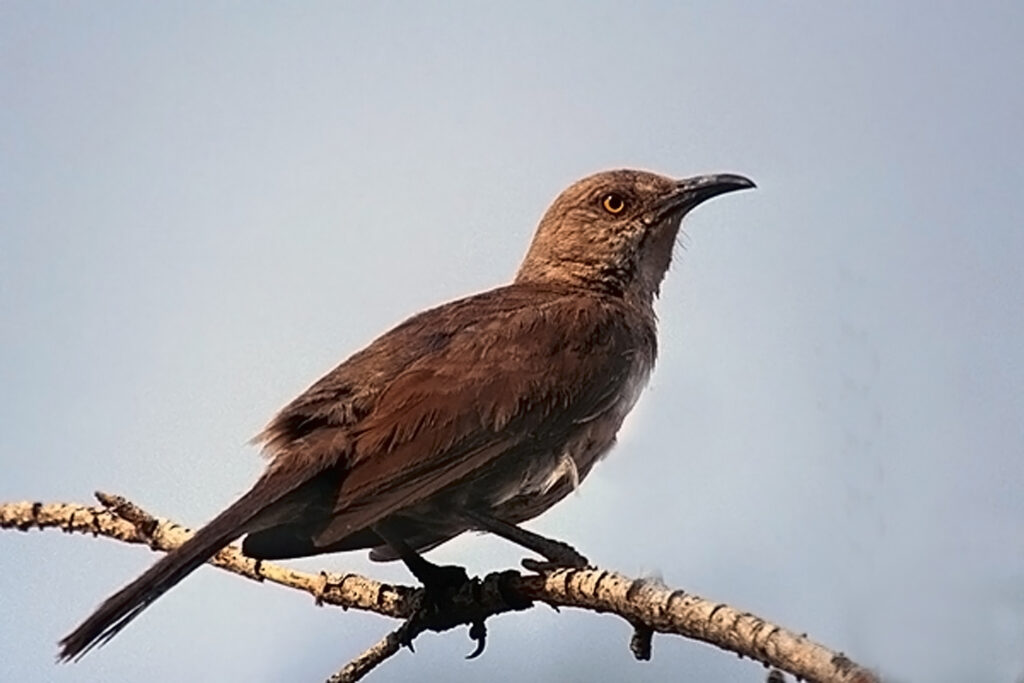
In the Mimidae family, the thrasher bird (Toxostome Curvirostre) is a medium-sized mimed bird.
The curled beak of the bird gives it its name.
Most of the U.S. and Mexico are home to this raptor species.
This is one of the birds that will allow humans to approach them, yet they can get violent if they feel threatened.
There is practically no variation in the coloration of the Curve-billed Thrasher’s plumage from dark brown to light brown.
There is a long tail on the Curve-billed Thrasher and small wings on the bird.
The upper parts are browner, and the wings appear to have scales or patches on them.
On the other hand, the underside, breasts, and neck are gray-brown in color.
The Curve-billed Thrasher has a body length of 10.6-11.0 in (27-28 cm) and a wingspan of almost 13.4-13.6 in (34-34.5 cm).
The adult Curve-billed Thrasher weighs between 2.1 and 3.3 oz (60.8-93.6 g).
They like to reside in areas where there are more people.
The Billed Curve Thrashers are insectivorous birds that consume a variety of tiny insects such as beetles, moths, butterflies, arachnids, and snails.
Vegetables, berries, and fruits are also eaten by this bird.
They consume nuts, cereals, and the seeds of tiny plants and weeds, as well.
This bird also comes to the bird feeders to eat.
Below are the characteristics of the Curve-billed Thrasher,
| Scientific Name | Toxostoma curvirostre |
| Family Name | Mimidae |
| Length | 10.2-11.8 inches (26-30 cm) |
| Weight | 1.7-2.5 ounces (49-71 g) |
| Wingspan | 14.2-16.5 inches (36-42 cm) |
| Habitat | Deserts, scrublands, and dry brushy areas |
| Food | Insects, spiders, fruits, seeds, and some small lizards and snakes |
13. Phainopepla
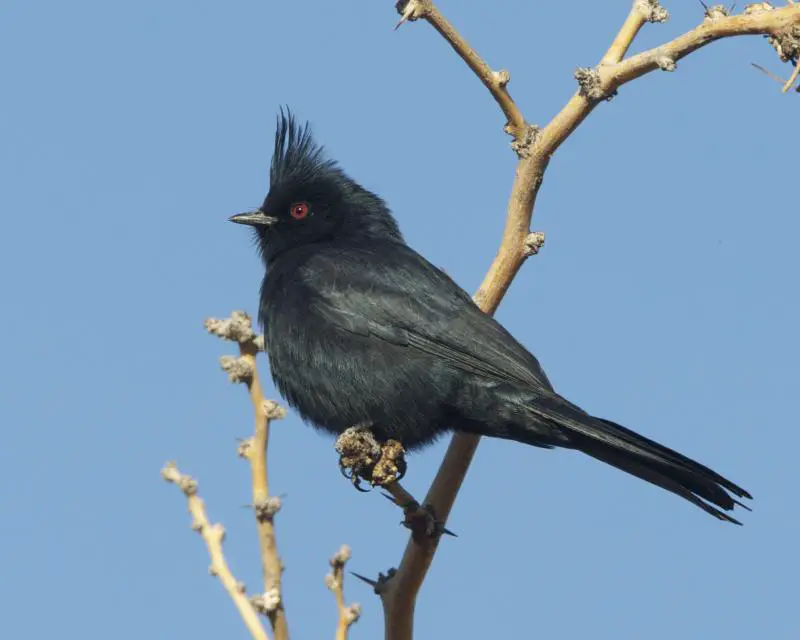
The Phainopepla bird, commonly known as the Northern Phainopepla or Phainopepla nitens, is a tiny bird belonging to the Ptiliogonatidae family.
This species is endemic to North America and migrates south in the winter.
The plumage of this bird is a stunning black hue. Unlike the female, the male is entirely black.
When they fly, the male has white wings that show.
The Northern Phainopepla bird may measure 16–20 cm (6.3–7.9 inches) in length and weigh between 0.6 and 1.0 oz (18-28 g).
The wingspan of an adult can exceed 11 inches.
In addition, the male and female have varied plumage colors, as well as somewhat varying weights and measurements.
Northern Phainopepla birds sit on their eggs until they hatch.
They build their nests in the spring the bulk of the time. They prefer open forests and shrubs to cluster in.
The juvenile Northern Phainopepla has the appearance of a female, but as they get older, they develop their own coloration dependent on their sexes.
The food of the Northern Phainopepla comprises tiny insects and worms. Also, they eat a variety of cereals, nuts, and seeds.
The Northern Phainopepla bird also visits bird feeders in backyards to eat food.
Below are the characteristics of the Phainopepla,
| Scientific Name | Phainopepla nitens |
| Family Name | Cardinalidae |
| Length | 7.5-8.3 inches (19-21 cm) |
| Weight | 0.7-1.0 ounces (19-29 g) |
| Wingspan | 11.0-12.2 inches (28-31 cm) |
| Habitat | Deserts, riparian woodlands, and mesquite bosques |
| Food | Fruits, berries, and insects |
Conclusion
In conclusion, Arizona is a haven for bird enthusiasts, with a rich diversity of bird species thriving in its diverse habitats.
Again, These are the Common Birds of Arizona:
- Spotted Towhee
- Bewick’s Wren
- Say’s Phoebe
- Canyon Towhee
- Lesser Goldfinch
- Ruby-crowned Kinglet
- Ladder-backed Woodpecker
- Yellow-rumped Warbler
- Great-tailed Grackle
- White-winged Dove
- Brown-headed Cowbird
- Curve-billed Thrasher
- Phainopepla
Observing these beautiful creatures in their natural habitats is an experience that will stay with you forever.
So, pack your binoculars and take a trip to Arizona to experience the wonder and majesty of its avian residents.
FAQ
What type of habitat do these birds prefer in Arizona?
Each of these birds has a unique habitat preference in Arizona. The Vermilion Flycatcher can be found in riparian habitats, while the Bald Eagle prefers large bodies of water. The Gila Woodpecker and the Cactus Wren are both well-adapted to life in the desert.
Are these birds migratory or do they stay in Arizona year-round?
Some of these birds, such as the Bald Eagle and the Vermilion Flycatcher, are migratory and only visit Arizona during certain times of the year. Others, such as the Gila Woodpecker and the Cactus Wren, are resident birds that can be found in Arizona year-round.
What is the best time of year to see these birds in Arizona?
The best time of year to see these birds in Arizona depends on the species, as well as on migration patterns. Spring and fall are typically the best times to see migratory birds, while resident birds can be seen year-round.
Last Updated on March 22, 2023 by Lily Aldrin

Very good contentand pix. I hope to visit Sun City someday, as my sister lives there. She has seen and heard several birds, I will share this info with her. Laurie
I found a little bird in Glendale but I do not know what it is. May I ask you to help me know what it is? I am sorry for my English because I am not very familar with it qwq.